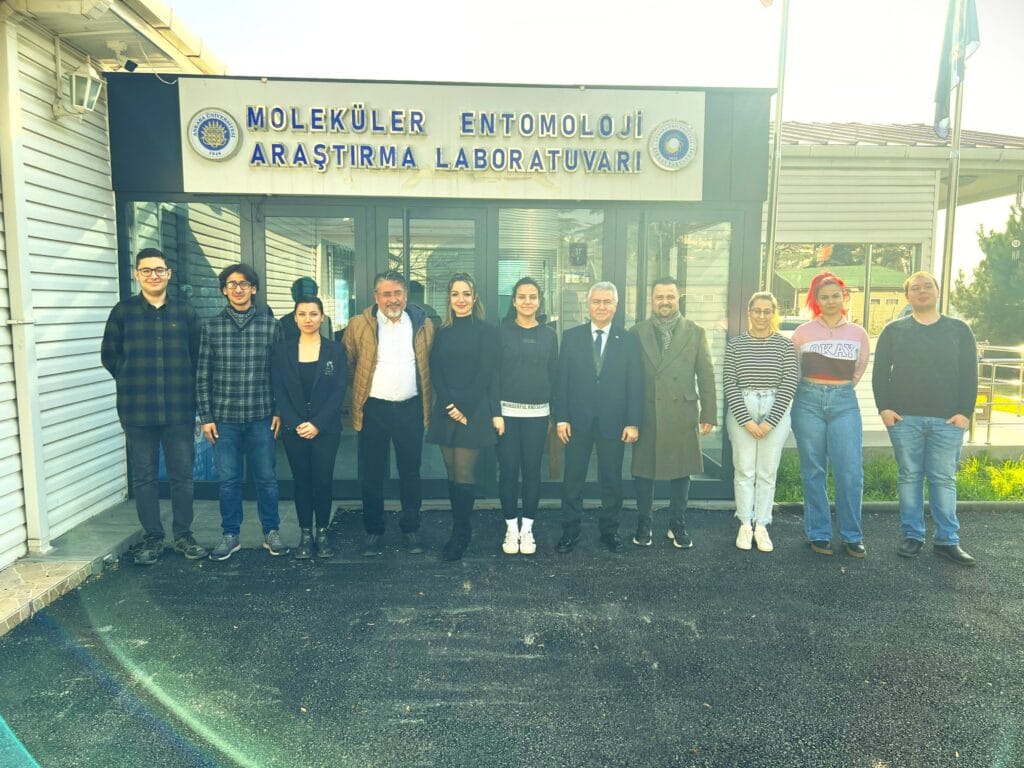We are happy to share with you our latest review “A Comparative perspective on functionally-related, intracellular calcium channels: The insect ryanodine and inositol 1,4,5-trisphosphate receptors” which is now online in the prestigious journal “Biomolecules”.
Calcium (Ca2+) is a key molecule with essential cellular and physiological processes in many organisms including insects. ER is one of the major intracellular sources in Ca2+ supply through its two major Ca2+ channels, the inositol 1,4,5-trisphosphate receptor (IP3R) activated by the secondary messenger inositol 1,4,5-trisphosphate (IP3), and Ca2+, and the ryanodine receptor (RyR), activated by Ca2+. Although mammalian IP3Rs and RyRs have been well-studied, the knowledge on their insect counterparts is limited. Additionally, there had not been a review through a comparative perspective published for insects yet. In the current review, we address the fundamental, common question “why the animal cells have two Ca2+ channel receptors associated with the ER?” by specifically focusing on the studies on insect models. After a general introduction, we present Discovery of RyRs and IP3Rs (Section 2), Structure of RyRs and IP3Rs (Section 3), Pathway (Section 4), Functions (Section 5) including involvement of these receptors in Lipid metabolism (Section 5.1), Muscle excitation and contraction in locomotor activities (Section 5.2), Visual and olfactory sensory transduction (Section 5.3), and Development (Section 5.4) and strategies targeting RyRs and IP3Rs in pest control (Section 6).
For the paper, please click here.
Biomolecules is one of the most cited journals in the field with an impact factor of 4.879 (2020) and a 5-Year impact factor of 5.362 (2020).


